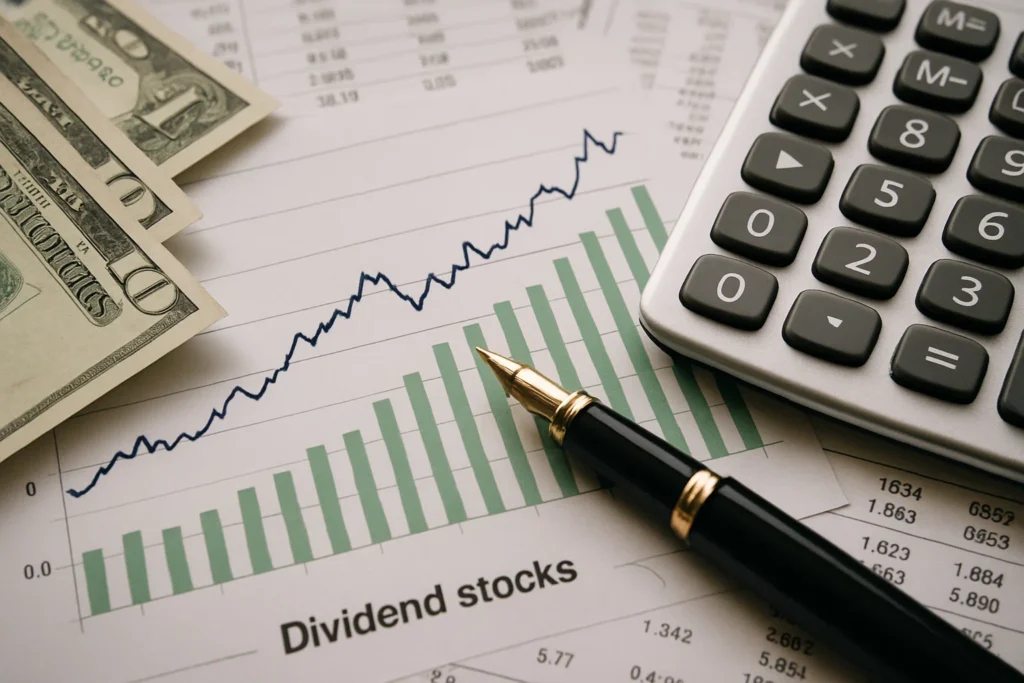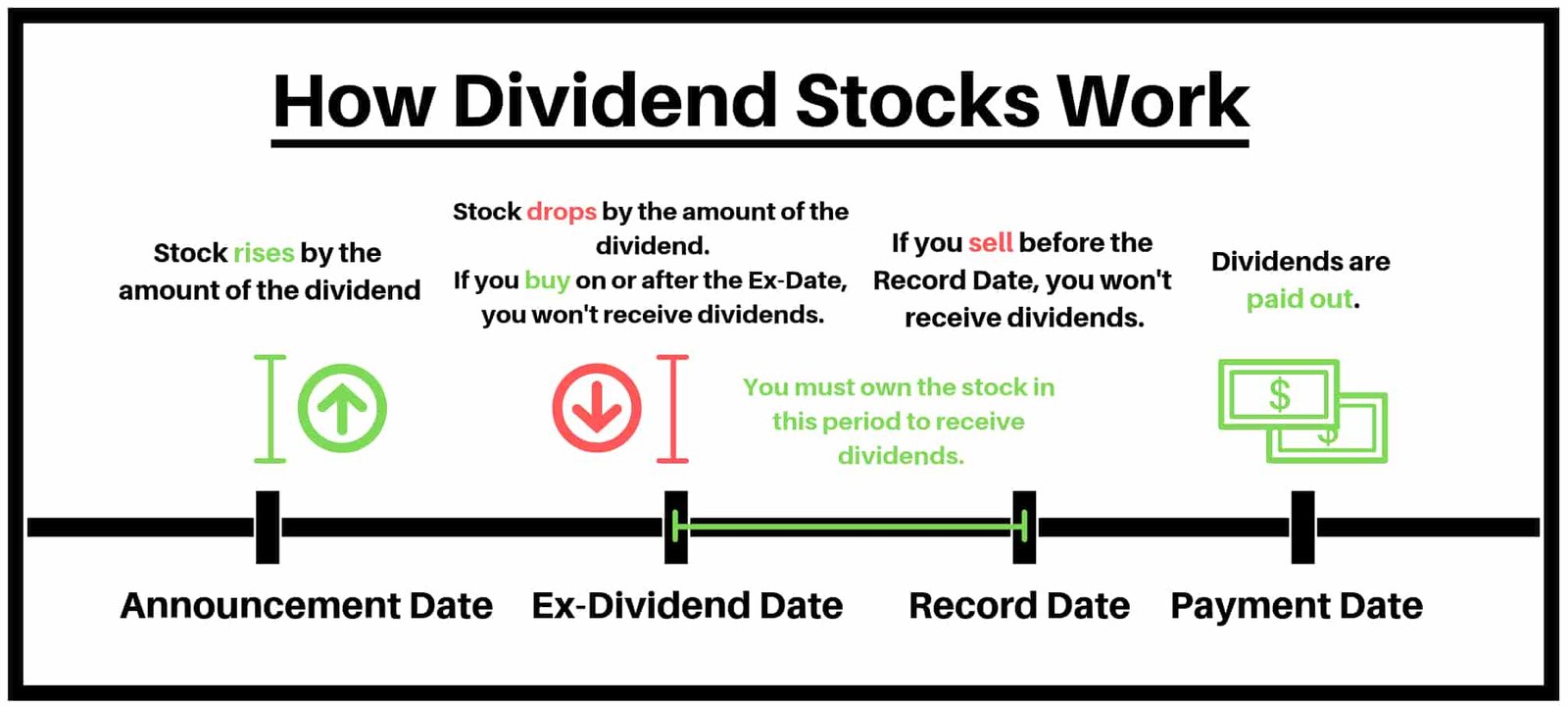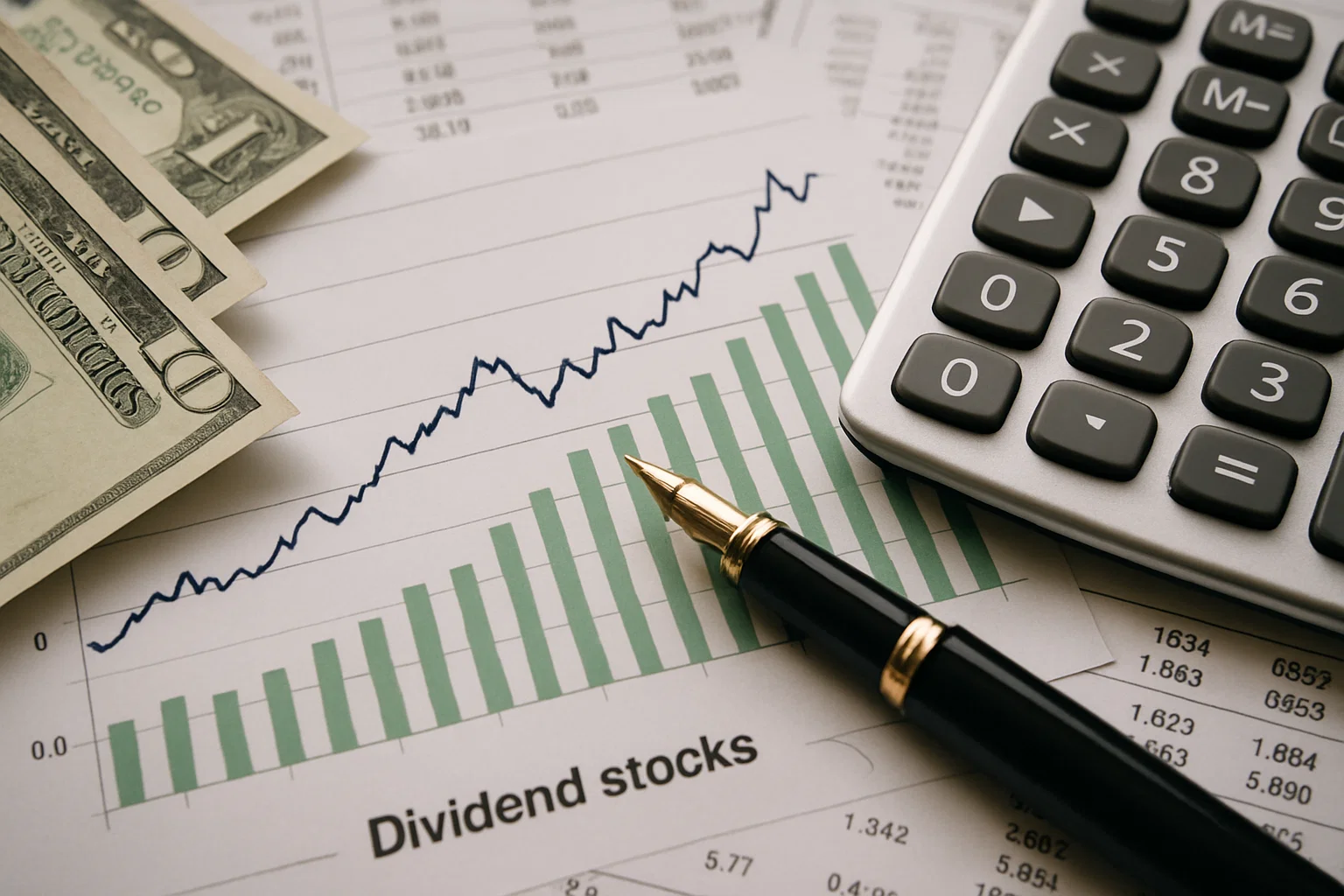Best Dividend Stocks To Buy in 2025
- by:
- Nick H
Key Points
Prioritize companies with a long history of stable or growing dividends.
Evaluate payout ratios to ensure dividends are sustainable.
Analyze total return, not just dividend yield, for true outperformance.
For adsense add
Advertisement

affiliate add
For adsense add
Mail Sign Up
Get The Latest News & Stock Picks
Stay ahead of the market with expert news, actionable tips, and exclusive stock picks delivered straight to your inbox. Join a community of investors who value real insights and smarter strategies. Sign up now and get the edge you need to invest with confidence.
By submitting your email, you agree to receive updates and promotional content from our team. You can unsubscribe at any time. For more details, please review our Privacy Policy.
For adsense add
For adsense add
Investors in 2025 face an enviable challenge. Never before have there been so many strong dividend stocks outpacing the S&P 500. With interest rates normalizing and corporate profits remaining robust, the top dividend stocks are not only delivering reliable income but also outshining the market in total return. For investors who want to build wealth while earning passive income, the best strategy involves choosing companies that combine sustainable yields, solid financials, and a history of outperformance.

Below, you will find a detailed comparison of five standout U.S. dividend stocks. Each has delivered above-average total returns, maintained a dividend yield above 2%, and proven their ability to thrive through different market cycles. We break down exactly what makes each company a top choice for 2025 and what you should look for when evaluating any dividend stock.
What Makes a Great Dividend Stock in 2025?
Before diving into the detailed profiles, let’s clarify the criteria that separate elite dividend stocks from the rest.
Sustainable Yield: A high yield alone is not enough. The company must generate enough earnings and cash flow to support regular dividend payments.
Low-to-Moderate Payout Ratio: Companies that pay out a sensible portion of earnings (usually 30–65%) are less likely to cut dividends and more likely to increase them over time.
Consistent Dividend Growth: Companies with a long history of raising dividends tend to be more stable, resilient, and shareholder-friendly.
Market-Beating Total Returns: The goal is to outperform the S&P 500 not just through yield but also with stock price appreciation.
Financial Strength: Look for robust balance sheets, strong profitability, and the ability to weather economic storms.
With these factors in mind, let’s examine the five leading dividend stocks to consider in 2025.
1. Broadcom Inc. (AVGO): Technology Income Leader
Broadcom has become a juggernaut in both semiconductors and enterprise software. This unique positioning allows it to benefit from explosive growth trends like cloud computing, AI, and 5G. Broadcom consistently posts strong cash flow and returns much of it to shareholders.
Dividend Power: With a yield near 2% (post-split), Broadcom’s dividend has doubled in just five years. Management is committed to annual hikes, even as the payout ratio remains high.
Outperformance: Broadcom’s five-year total return dwarfs the S&P 500. A mix of high-margin chip sales, savvy acquisitions, and pricing power has propelled both earnings and valuation.
Financial Strength: Despite large acquisitions, Broadcom maintains healthy margins and a moderate debt profile. Its cash flow more than covers the dividend and ongoing share buybacks.
Future Outlook: The company stands to benefit from the continued buildout of AI data centers, cloud networking, and potential new software revenue streams after acquiring VMware.
Takeaway: Broadcom offers a rare blend of tech growth, reliable income, and shareholder returns. For those seeking both yield and appreciation, AVGO remains a top pick.
For example, suppose you buy a put option for Company ABC with a strike price of $50 and an expiration in one month. If ABC’s stock falls to $40, your put option allows you to sell shares at $50, even though the market is only offering $40. This built-in advantage is why put options are often seen as insurance for stock portfolios.
2. Lowe’s Companies (LOW): The Steadfast Retail Aristocrat
Lowe’s is a name synonymous with resilience. It has survived housing crashes, retail upheavals, and economic downturns, all while steadily increasing its dividend for over 25 years.
Dividend Power: Lowe’s yields about 2.1% and recently hiked its payout for the 25th year in a row. Its low payout ratio (under 40%) signals plenty of room for future increases.
Outperformance: Lowe’s has outpaced the S&P 500 in both the three- and five-year windows, buoyed by strong earnings growth and aggressive share buybacks.
Financial Strength: With strong free cash flow, efficient operations, and solid margins, Lowe’s easily funds its dividend and growth initiatives.
Future Outlook: The ongoing demand for home improvement, expansion of Pro services, and e-commerce growth provide a strong runway for continued earnings and dividend growth.
Takeaway: Lowe’s combines dividend reliability, strong financials, and a shareholder-friendly approach—making it an excellent core holding for long-term investors.
3. McDonald’s Corporation (MCD): The Defensive Dividend Giant
McDonald’s is not just a fast-food leader, it is a global cash-generating machine. Its franchise model delivers stable, predictable income regardless of economic swings.
Dividend Power: With a yield around 2.4%, McDonald’s has raised its dividend for 49 consecutive years. Its payout ratio is balanced, ensuring sustainability.
Outperformance: McDonald’s has kept pace with or exceeded the S&P 500, with steady returns even during turbulent markets.
Financial Strength: The company boasts robust margins, strong free cash flow, and a defensive business model that holds up during downturns.
Future Outlook: Continued investment in digital, menu innovation, and international expansion will drive future growth and keep the dividend rising.
Takeaway: For those who value both income and stability, McDonald’s is a time-tested choice that delivers consistent results year after year.

4. AbbVie Inc. (ABBV): The High-Yield Pharma Standout
AbbVie has become a dividend investor’s favorite by pairing a high yield with aggressive growth. The company’s transition beyond blockbuster drug Humira is well underway, supported by new drugs and business segments.
Dividend Power: AbbVie offers a yield near 4% and has increased its payout every year since its 2013 spin-off. Despite a recent earnings dip, the dividend remains well covered by cash flow.
Outperformance: Over the past three years, AbbVie trounced the S&P 500, rewarding shareholders with both yield and appreciation.
Financial Strength: The company is highly profitable, with strong cash flows even during industry shifts. Debt is manageable, and AbbVie maintains investment-grade credit.
Future Outlook: As newer drugs ramp up and earnings recover post-Humira, AbbVie is expected to return to earnings and dividend growth.
Takeaway: AbbVie provides a unique combination of high current yield and the potential for future capital gains as its drug pipeline matures.
5. Morgan Stanley (MS): The Financial Fortress
Morgan Stanley has transformed from a Wall Street trading powerhouse into a balanced leader in wealth management and investment banking. This shift has made its earnings more stable and its dividends more reliable.
Dividend Power: Yielding about 3.4%, Morgan Stanley’s dividend has grown at a healthy clip and is backed by a moderate payout ratio and frequent share buybacks.
Outperformance: Morgan Stanley’s five-year total return outpaces most banks and matches or exceeds the S&P 500, reflecting the success of its business transformation.
Financial Strength: The firm enjoys strong profitability, robust capital ratios, and a resilient balance sheet. Wealth management provides recurring fee income and stability.
Future Outlook: Ongoing expansion in wealth management and investment management, paired with cyclical recoveries in capital markets, should sustain dividend growth for years to come.
Takeaway: For investors seeking a high yield from a blue-chip financial with long-term growth prospects, Morgan Stanley stands out.
Top U.S. Dividend Stocks – Mid 2025
| Company | Ticker | Dividend Yield (%) | 3-Year Return (%) | 5-Year Return (%) | Payout Ratio (%) |
|---|---|---|---|---|---|
| Broadcom | AVGO | 2.0 | 180 | 250 | 81 |
| Lowe’s | LOW | 2.1 | 60 | 80 | 38 |
| McDonald’s | MCD | 2.4 | 65 | 95 | 62 |
| AbbVie | ABBV | 4.0 | 60 | 60 | 62 |
| Morgan Stanley | MS | 3.4 | 80 | 95 | 44 |
Dividend Yield (%) vs Payout Ratio (%)
How to Build a Winning Dividend Portfolio for 2025
Constructing a successful dividend portfolio in 2025 is all about balancing growth potential with reliable income, while maintaining a disciplined approach to risk. The first principle for long-term success is diversification. By spreading investments across a range of industries—such as technology, retail, healthcare, and financial services—you help protect your portfolio from sector-specific slowdowns. No single industry remains immune to economic shifts, so owning companies from different segments ensures that a downturn in one area is often offset by stability or gains in another.
Quality should always take priority over quantity when selecting dividend stocks. The best portfolios focus on companies with a proven history of increasing their dividends year after year, coupled with solid profitability and robust financial health. These qualities are often seen in firms with strong brands, competitive advantages, and stable cash flows. Investing in such businesses not only helps to ensure the reliability of your dividend income but also increases the likelihood of long-term capital appreciation.
It is tempting to chase after the highest dividend yields, especially when seeking immediate income, but this approach can backfire if the company’s underlying fundamentals are weak. Instead, aim for a blend of moderate yield and growth potential. Companies that consistently grow their dividends often outperform those with unsustainably high yields, especially when market conditions become challenging. The healthiest dividend payers maintain a payout ratio that leaves room for future increases while still reinvesting enough in their business to drive earnings higher.
Monitoring your portfolio on a regular basis is equally important. As economic cycles shift, interest rates change, and companies face new opportunities or challenges, the strength of your holdings can fluctuate. Reviewing your investments at least once a year allows you to assess whether each company still meets your criteria for quality, sustainability, and growth. If a business’s financial health deteriorates or its dividend becomes less secure, consider reallocating to stronger options that better align with your goals.
Ultimately, the process of building a winning dividend portfolio is ongoing. It requires patience, research, and the discipline to stick with companies that have demonstrated the ability to thrive through a variety of market environments. By focusing on diversification, quality, sustainable growth, and consistent review, you position yourself to enjoy both steady income and robust long-term returns well into the future.
For adsense add












